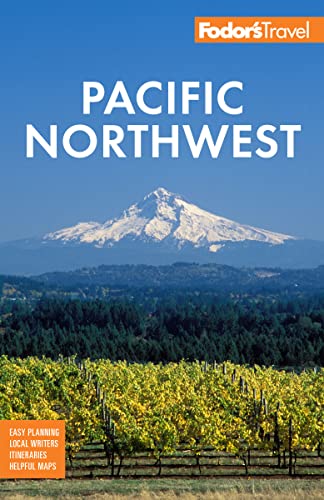Washington's second-largest city, Spokane (spo-can, not spo-cane) takes its name from the Spokan tribe of Salish Native Americans. It translates as "Children of the Sun," a fitting name for this sunny city. It's also a city of flowers and trees, public gardens, parks, and museums. Known as the "Capital of the Inland Empire," Spokane is the cultural and financial center of the Inland Northwest.
Spokane began as a Native American village at a roaring waterfall where each autumn salmon ascended in great numbers. American settlers built a sawmill at the falls in 1873. Several railroads arrived after 1881, and Spokane soon became the transportation hub of eastern Washington. In 1885 Spokane built the first hydroelectric plant west of the Mississippi. Downtown boomed after the fire of 1889, as the city grew rich from mining ventures in Washington, Idaho, and Montana, and from shipping the wheat grown on the Palouse hills.
Until they were cleared away for the 1974 World's Fair, bridges and railroad trestles hid Spokane's magnificent falls from view. Today they form the heart of downtown's Riverfront Park, and the city rises from the falls in a series of broad terraces to the valley's rim. Urban parks are among Spokane's assets. The dry, hot summers here make it easy to plan golf, fishing, and hiking excursions; long, snowy winters provide nearly five months to enjoy skiing, snowboarding, and sledding.




